When we think about exotic tropical fruits, names like lychee, longan, and mangosteen often come to mind. However, one lesser-known gem that holds a cherished place in Southeast Asian culture and cuisine is Wampee (Clausena lansium). With a flavor profile balancing sweet and tangy, this small yellowish fruit is beloved for both its refreshing taste and medicinal benefits.
But among the handful of countries where wampee thrives, one nation stands out as the undisputed leader in its cultivation. So, which country is the largest wampee producer in the world? The answer is China.
Let’s explore the fascinating story of wampee, its history, uses, health benefits, and why China dominates global production.
What is Wampee?
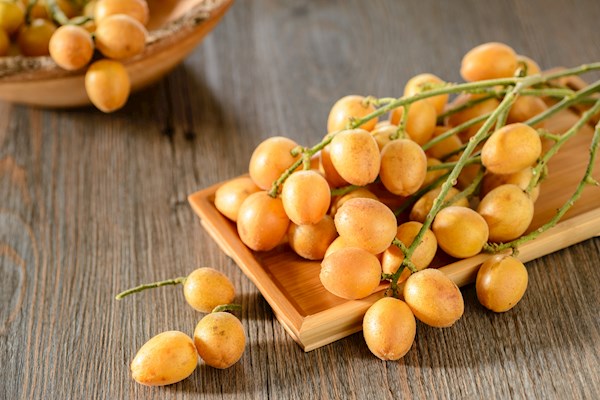
Wampee, known scientifically as Clausena lansium, is a fruit-bearing evergreen tree native to southern China and Southeast Asia. It belongs to the Rutaceae family, which it shares with citrus fruits like oranges, lemons, and limes.
The fruit is small, oval or round, with thin yellow to brownish skin, translucent juicy pulp, and several small seeds. Its taste ranges from sweet to tart, sometimes even slightly musky, making it a unique delicacy in the regions where it’s grown.
Beyond its delightful flavor, wampee is celebrated for its use in traditional medicine, where the fruit, leaves, and even bark are believed to have health-boosting properties.
A Brief History of Wampee Cultivation
Wampee has been cultivated for centuries in China, Vietnam, the Philippines, Malaysia, and Indonesia, with records of its medicinal and culinary uses dating back to ancient Chinese texts. In fact, during the Qing Dynasty, wampee was a favored summer snack among the elite.
As European traders reached Asia in the 16th and 17th centuries, wampee was introduced to tropical colonies, eventually finding a niche in parts of India, Sri Lanka, Australia, and even select regions of the United States, such as Florida and Hawaii.
Yet, despite its spread, no country embraced wampee quite like China.
Why China Is the Largest Wampee Producer in the World
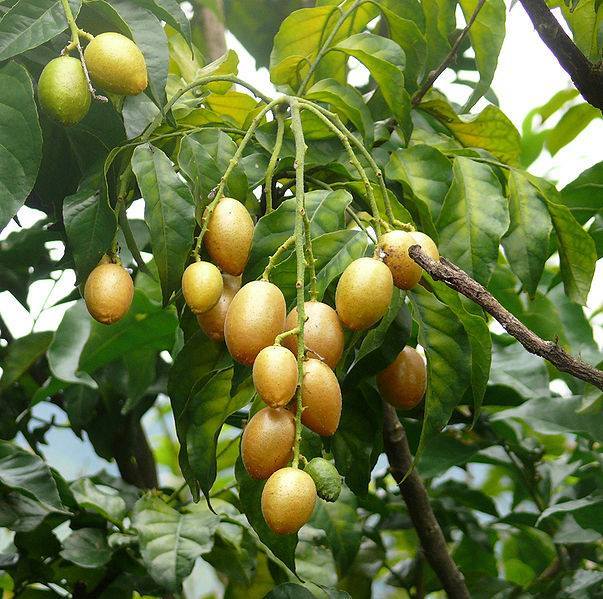
Today, China leads global wampee production by a wide margin, both in terms of cultivated land area and total yield.
Key Reasons for China’s Leadership:
- Ideal Climate:
Wampee trees flourish in warm, subtropical and tropical climates with rich, well-drained soils. Southern China — particularly Guangdong, Guangxi, Hainan, and Fujian provinces — offers perfect conditions for cultivating wampee. - Centuries-Old Tradition:
Wampee has deep cultural and culinary roots in Chinese cuisine and traditional medicine. Generations of farmers in regions like Conghua (Guangzhou) and Zengcheng have specialized in wampee cultivation for over 30 years. - Large-Scale Commercial Farms:
China boasts over 300 hectares of wampee orchards in major producing regions. For example:- Zengcheng (Guangdong): Approximately 200 hectares under cultivation, producing over 3,000 tons annually.
- Conghua (Guangzhou): Around 80 hectares of orchards, yielding up to 15 tons of fruit each year in certain villages.
- Strong Domestic and Export Demand:
While much of China’s wampee is consumed domestically, demand is growing in Canada, Hong Kong, and other overseas markets due to the fruit’s unique flavor and health benefits. - Government and Trade Support:
The Chinese government supports the export of tropical fruits like wampee through agricultural subsidies, modern packing facilities, and streamlined customs procedures.
Top Wampee-Producing Regions in China
| Region | Highlights |
|---|---|
| Zengcheng, Guangdong | Largest producer with over 200 hectares and 3,000 tons yearly |
| Conghua, Guangzhou | “Village of Wampee,” cultivating 80 hectares for 15+ tons annually |
| Hainan Island | Renowned for wild and cultivated varieties, popular in local dishes |
Other Wampee-Growing Countries
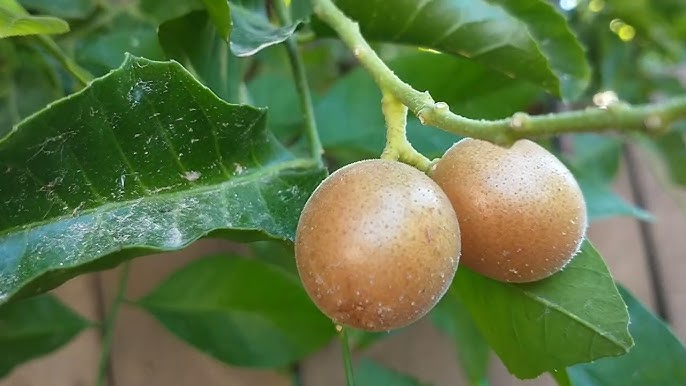
Though none rival China’s dominance, several other countries produce wampee for local consumption:
- Vietnam: Fresh markets and home gardens.
- Philippines: Known locally as “wampi,” it’s a popular backyard fruit.
- Malaysia and Indonesia: Regional delicacy and traditional medicine ingredient.
- Hong Kong: Small-scale farms, primarily in the New Territories.
- India and Sri Lanka: Limited commercial presence.
- Australia (Queensland): Niche market and backyard cultivation.
- USA (Florida, Hawaii): Experimental farms and hobbyist growers.
Nutritional Value and Health Benefits
Wampee isn’t just tasty — it’s packed with nutrients and beneficial compounds.
Nutritional Facts (per 100g):
- Calories: 50–70 kcal
- Water: 80–85%
- Vitamin C: ~550 mg/kg (higher than oranges)
- Fiber: 4.5–5 g
- Potassium: 3,500 mg/kg
- Calcium, Iron, and Phosphorus
Health Benefits:
- Boosts immunity: Thanks to high Vitamin C content.
- Aids digestion: Traditionally used to relieve bloating and indigestion.
- Anti-inflammatory properties: Beneficial for asthma and respiratory issues.
- Rich in antioxidants: Protects cells against oxidative stress.
- Supports heart health: Potassium-rich, helping regulate blood pressure.
In traditional Chinese medicine, wampee is often prescribed to treat coughs, fevers, and gastrointestinal problems.
Culinary Uses of Wampee
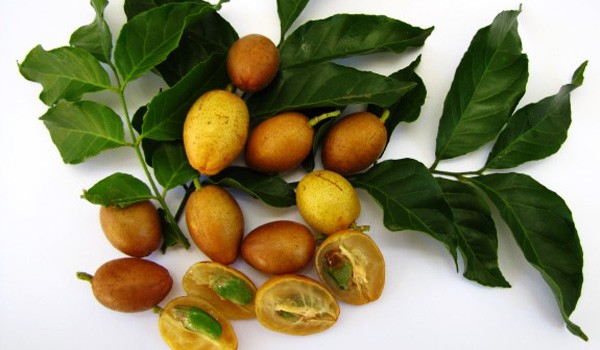
In regions where it’s grown, wampee is enjoyed in a variety of forms:
- Eaten Fresh: Sweet-tart fruits are consumed whole, including the skin.
- In Soups: Adds tanginess to traditional chicken or duck broths.
- Preserved: Dried, salted, or pickled.
- Wampee Jam and Syrup: Sweetened for desserts and drinks.
- Vinegar and Herbal Teas: The leaves and fruit are brewed for medicinal teas.
- Wampee Wine: Fermented into aromatic fruit wines.
Market Outlook and Future Potential
While wampee remains relatively unknown on the global stage, its prospects are bright. The rise in demand for exotic, antioxidant-rich fruits in health-conscious markets like North America and Europe positions wampee as a fruit to watch.
China is actively expanding its export infrastructure and cultivating newer, sweeter, and larger wampee varieties to appeal to international markets. Advances in post-harvest storage and shelf-life extension technologies are also making it easier to ship this delicate fruit abroad.
Conclusion: China, the Wampee Capital of the World

China’s status as the world’s largest wampee producer is no accident. Thanks to its ideal climate, rich tradition, extensive orchards, modern farming techniques, and growing global appetite for rare tropical fruits, China is set to maintain — and likely expand — its leadership in wampee production for years to come.
For fruit enthusiasts, chefs, and health advocates alike, wampee represents a delicious and beneficial fruit waiting to be rediscovered on the world stage.
Final Word
As global tastes shift towards nutrient-packed, exotic superfruits, wampee’s time in the spotlight is fast approaching. And when it does, all eyes will undoubtedly turn to China, where this ancient fruit continues to thrive.
Would you like me to turn this into a blog post, infographic, or SEO-optimized webpage draft as well? Just let me know!Tools

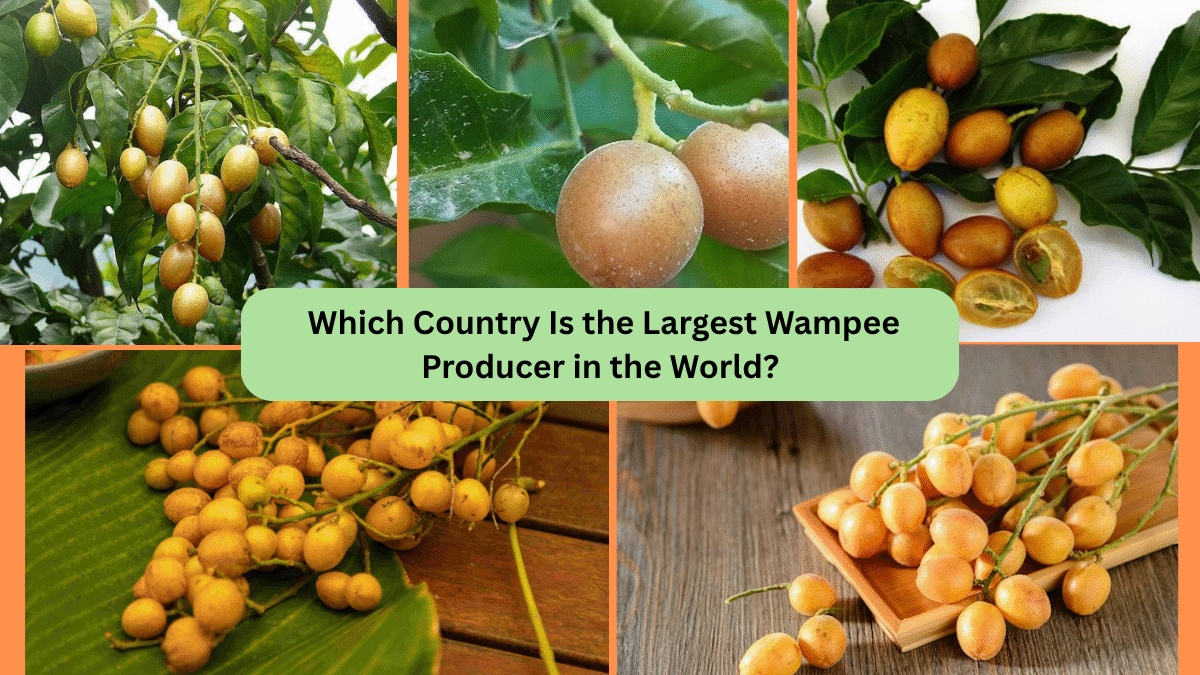

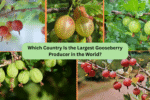

Leave A Comment